Background
The study of Japanese atomic-bomb survivors, exposed briefly to radiation, finds the risk of radiation-induced lung cancer to be nearly three times greater for women than for men. Because protection standards for astronauts are based on individual lifetime risk projections, this sex-specific difference limits the time women can spend in space (NCRP Commentary 23, 2014). The National Aeronautics and Space Administration (NASA) requested that NCRP evaluate the risk of radiation-induced lung cancer in populations exposed to chronic or fractionated radiation to learn whether similar differences exist when exposures occur gradually over years contrasted with the acute exposure received by the Japanese atomic-bomb survivors.
In response to NASA (and the funded grant, NASA16), NCRP:
- initiated an epidemiologic study of 170,000 medical radiation workers (half are women) within the Million Person Study (MPS);
- constituted SC 6-11 to provide guidance on the dosimetry for the study of medical radiation workers with a focus on the mean absorbed dose to the lung; and
- began evaluating other relevant epidemiologic studies within the MPS that included both men and women (e.g., Mound, nuclear power plant workers, industrial radiographers, TEC (1943 to 1947), Rocky Flats, Hanford, Savannah River, Oak Ridge National Laboratory, X-10, Y12, Fernald, and others with support from the funded U.S. Department of Energy (DOE17) grant.
Scope
To address these issues of sex-specific lung cancer risks and transfer and projection models, NCRP agreed to conduct new studies and analyses of cohorts within the MPS, in particular the study of 170,000 medical radiation workers, but also DOE workers. The medical worker study is ongoing and will be nearly complete within 1 y for evaluation by this committee. The medical worker study will also be viewed in the context of other studies of radiation-induced lung cancer when radiation dose is given gradually over time [e.g., other occupational groups within the MPS, as well as studies of tuberculosis patients, indoor radon, Mayak workers, and scoliosis patients (i.e., studies of reasonable quality with estimates of radiation-induced lung cancer)]. There will be an extensive and comprehensive review of all epidemiologic studies addressing sex-specific lung cancer differences. Animal experiments will be reviewed as well as mechanistic models.
Evaluation of the factors affecting transfer of risk modeling and incorporation within lifetime risk projection will be done, including analytic approaches. NCRP will evaluate the current risk projection model used by NASA for lung cancer life time risk projection and examine whether the new data on low dose rate exposures and sex-specific lung cancer risks will be such as to recommend modifications. Recommendations will be published after Council review as a commentary.
Goal
To prepare a commentary that evaluates sex-specific differences in lung cancer radiation risks and assesses their use in transfer models and lifetime risk projections, with accompanying recommendations for NASA.
Membership
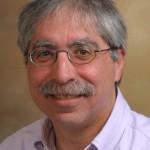
MICHAEL M. WEIL is a professor in the Department of Environmental and Radiological Health Sciences at Colorado State University (CSU). His research, which takes advantage of murine models of radiation carcinogenesis and leukemogenesis, is focused on understanding how radiation exposure can lead to cancer and why some individuals may be more susceptible than others. At CSU, Dr. Weil teaches a graduate level course in cancer genetics and lectures in courses on cancer biology, environmental carcinogenesis, principles of radiation biology, and the pathobiology of laboratory animals. Dr. Weil earned his PhD in Microbiology from the University of Texas at Austin and was trained in cancer genetics and radiation biology in the Department of Biochemistry and Molecular Biology Biochemistry and the Department of Experimental Radiotherapy at the University of Texas M.D. Anderson Cancer Center. Dr. Weil is a former Radiation Research Society council member and has served on National Institutes of Health, U.S. Department of Defense, and National Aeronautics and Space Administration grant review panels. |
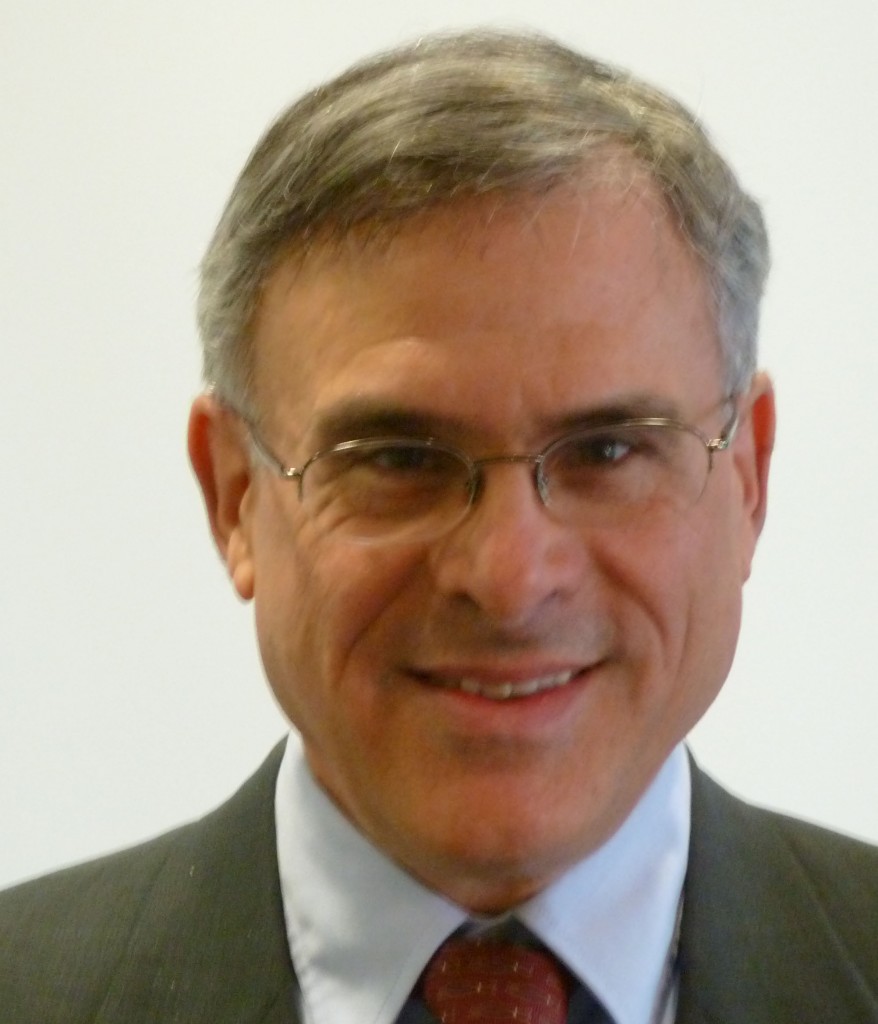
DAVID J. PAWEL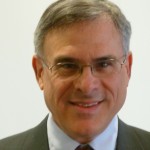 is currently a Special Government Employee (Expert) with the Radiation Protection Division of the U.S. Environmental Protection Agency (EPA) where he had served as Statistician since 1997. His current focus is the reassessment of the EPA radiogenic cancer risk estimates. He is a co-author of the Blue Book on EPA's most recent radiogenic risk models and an EPA technical report on its assessment of risks from radon in homes. In 2003, as the second Beebe Fellow, he studied methods to improve cancer-specific radiogenic risk estimates at the Radiation Effects Research Foundation (RERF) in Hiroshima, Japan and the National Cancer Institute in 2004. Dr. Pawel was a member of the RERF Statistics Department from 1992 to 1994. He is a member of NCRP and served on its committee on uncertainties in internal dose estimates. He is also a member of the U.S. delegation to the United Nations Scientific Committee on the Effects of Atomic Radiation (UNSCEAR), and he currently serves as Senior Technical Advisor for UNSCEAR's committee on Epidemiological Studies of Radiation and Cancer. He has a BS in Mathematics from the College of William and Mary, an MS in Statistics from Rutgers University, and a PhD in Statistics from the University of Wyoming. |
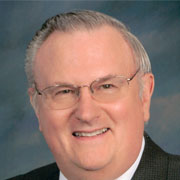
JOHN D. BOICE, JR.
is Professor of Epidemiology at Vanderbilt University School of Medicine. He is Past President of NCRP (2012 to 2018) and currently the Director of Science. After being awarded Doctor of Science in Epidemiology from Harvard University Dr. Boice went on to join the world-renowned National Cancer Institute (NCI) where he developed, and then in 1984 became the first chief of, the Radiation Epidemiology Branch. He remained in the U.S. Public Health Service (USPHS) for 27 y retiring as Captain. From 1997 to 2017, he was a member of the Main Commission of the International Commission on Radiological Protection, and for 25 y from 1993, a member of the U.S. delegation to the United Nations Scientific Committee on the Effects of Atomic Radiation. Dr. Boice has made substantial and significant contributions to our understanding of the risks posed by exposure to radiation, with over 550 publications in the scientific literature, many of them providing key elements for the scientific basis of radiological protection. He has been invited to deliver many distinguished lectures, including the Lauriston Taylor Lecture of the NCRP and the Sievert Lecture of the International Radiation Protection Association. His awards include the Harvard School of Public Health Alumni Award of Merit, the EO Lawrence Award from the U.S. Department of Energy, the Gorgas Medal from the Association of Military Surgeons of the United States, the outstanding alumnus award from the University of Texas at El Paso, the Distinguished Service Medal from the USPHS, the NCI Director's Award in 2021, and recently he was elected Honorary Fellow of the U.K. Society for Radiological Protection in 2022. The "John D Boice Jr Young Investigator Award" was established by NCRP in 2019 to recognize early career professionals. He currently serves on the Steering Committees for the Image Gently Alliance and for the Childhood Cancer Survivor Study (St. Jude). Dr. Boice has worked tirelessly to direct and advance the U.S. Million Person Study of nuclear workers and atomic test veterans, which will add significantly to our knowledge of the effects of prolonged exposure to low levels of radiation. |

LAWRENCE T. DAUER
is an Attending Physicist in the Departments of Medical Physics and Radiology at Memorial Sloan Kettering Cancer Center and serves at their Corporate Radiation Safety Officer. He serves as a member of the Nuclear and Radiation Studies Board of the National Academy of Sciences, Engineering and Medicine. He is a former Board member and current Council member of NCRP and is the Scientific Director of the Million Person Study. He has served as Chair or Co-Chair on several NCRP scientific committees associated with radiation protection of workers, patients, and members of the public. He served 7 y on the International Commission on Radiological Protection Committee 3, Radiation Protection in Medicine. |

Eric J. Grant
recently retired from the Radiation Effects Research Foundation (RERF) in Hiroshima/Nagasaki, Japan, where he worked for the past 25 y. Dr. Grant's research focused on solid cancer risks after radiation exposure. He has also published on hormonal changes among women after whole-body exposure, and on the lack of evidence of trans-generational mortality effects of radiation exposure among the children of the atomic-bomb survivors. He continues as a consultant to RERF in the development of their data access infrastructure to improve RERF’s ability to collaborate with outside organizations. Dr. Grant received his BSEE from the University of Michigan and his PhD in Epidemiology from the University of Washington. He worked as a computer programmer for the University of Michigan Medical Center prior to relocating to Japan. For NCRP, Dr. Grant was most recently a member of the SC 1-27 writing team (Evaluation of Sex-Specific Differences in Lung Cancer Radiation Risks and Recommendations for Use in Transfer and Projection Models). He continues to serve on various societies’ committees. He is a member of scientific writing committees and performs independent consulting. He is currently a Special Government Employee with the U.S. Environmental Protection Agency. |
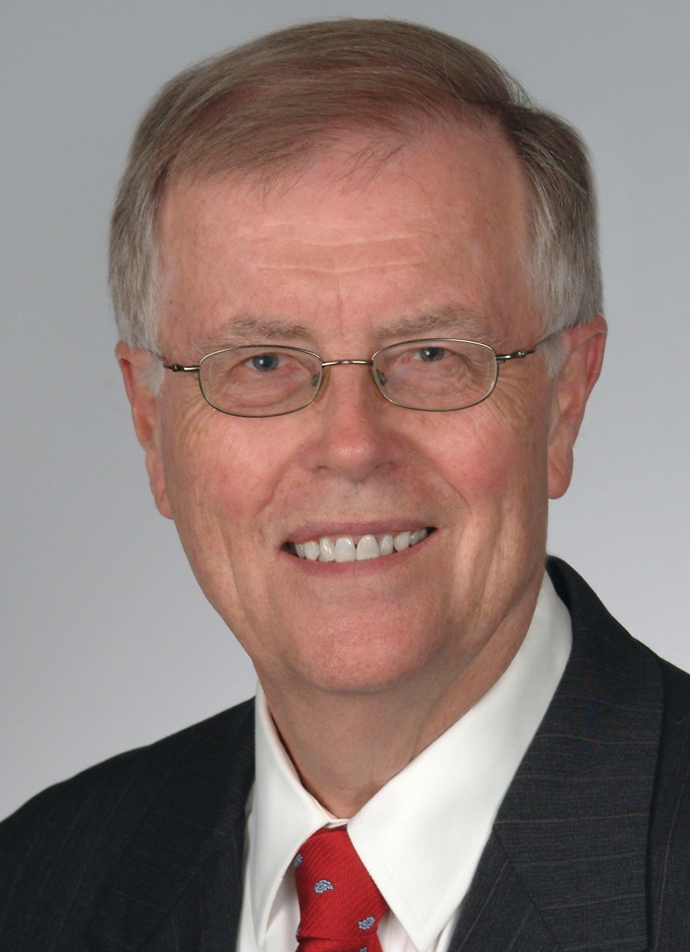
David G. Hoel
|

Janice L. Huff
Dr. Huff has held the positions of research assistant professor at the University of Nevada, Las Vegas, where she studied integrin-mediated cancer cell migration and metastasis, and was also a research scientist at Bioforce Nanosciences, Inc., a bio-nanotechnology company specializing in development of ultraminiaturized biodiagnostic tools and technologies. She received a BS in Microbiology and a BA in Psychology from the University of Rochester, and earned a PhD in Microbiology from the University of Virginia studying molecular biology, oncogenes and signal transduction in the laboratory of J. Thomas Parsons. Dr. Huff was elected to the NCRP in 2017, was a member of Scientific Committee (SC) 1-24P2: Radiation Exposures in Space and the Potential of Central Nervous System Effects, and currently serves on SC 1-27: Evaluation of Sex-Specific Differences in Lung Cancer Radiation Risks and Recommendations for Use in Transfer and Projection Models. She was a member of the Organizing Committee for the 2019 and 2020 NCRP Annual Meetings. |

Dale L. Preston
|

Mikhail Sokolnikovbegan his professional career in radiation research in 1989 conducting experimental studies while a PhD student at the Southern Ural Biophysics Institute (SUBI). His thesis addressed cellular lung immunity after inhalation intake of Pu-239. Dr Sokolnikov joined the radiation epidemiology laboratory of SUBI in 1996 as a researcher, studying cancer effects following protracted occupational exposure to external gamma radiation combined with exposure to internally deposited alpha‐emitting Pu-239 among the cohort of Russian nuclear workers at the Mayak complex. The pattern of exposure in this cohort differs from that in atomic-bomb survivors by the type of radiation (external gamma exposure plus internal exposure to alpha particles) and the pattern of dose accumulation (chronic versus acute). Dr. Sokolnikov participated in a large‐scale study funded by Russian Federal Government together with governments or funding agencies from the European Union (EU) and the United States in 1996. In particular he participated in EU research program INCO‐Copernicus and EU research framework programs 6 and 7. Since 1996 he participated in research coordinated by Joint Coordinating Committee for Radiation Effects Research as a researcher and since 2006 as a Principal Investigator. In 2005, Dr. Sokolnikov became the Head of the Radiation Epidemiology Laboratory and in 2016 became the Head of the Epidemiology Division of Southern Urals Biophysics Institute. He was a member of the International Agency for Research on Cancer committee that prepared the recent monograph (Volume 100D) on effects of radiation exposure. In May 2017 he was elected as a member of International Commission on Radiological Protection Committee 1. |
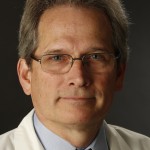
MICHAEL D. STORY
is a professor at the University of Texas (UT) Southwestern Medical Center, Dallas. Dr. Story earned his PhD from Colorado State University. He holds the David A. Pistenmaa, MD, PhD Distinguished Chair in Radiation Oncology, serves as Vice-Chair of the Department of Radiation Oncology, Chief of the Section of Molecular Radiation Biology, and Director of the Pre-clinical Radiation Core Facility. Dr. Story serves on the editorial board of Mutagenesis, Scientific Reports, Translational Cancer Research and the Publications Committee of the Congress of Space Research (COSPAR). Dr. Story is a member of the Scientific Program sub-Committee and Executive Committee of the Particle Therapy Cooperative Group (PTCOG). Dr. Story is also a member of the Board of Directors of NCRP. Dr. Story directs the radiobiology course for the Medical Physics graduate program and the Radiation Oncology medical resident program and was a faculty member for National Aeronautics and Space Administration’s (NASA) Space Radiation Summer School. Dr. Story's research is focused on five areas associated with radiation exposure: (1) delineating the effects of novel superoxide dismutase compounds that can act as both radioprotector and radiosensitizer in the same setting; (2) understanding and exploiting the biological effects of tumor treating fields in combination with radiation and/or chemotherapy agents; (3) developing biomarkers of the radioresponse of lung and liver tissues to high linear-energy transfer radiation exposures, including the development of biomarkers of carcinogenic risk; (4) enhancement of carbon ion radiotherapy for pancreatic and head and neck cancers; and (5) identification of genomic or epigenomic factors that predict or are prognostic for the radioresponse in head and neck squamous cell carcinoma. Dr. Story's research is funded by the National Cancer Institute, NASA, the Cancer Prevention and Research Institute of Texas, and industry. |

Richard Wakeford
He graduated with a BSc in Physics, and then received a PhD in High Energy Physics, from the University of Liverpool before joining British Nuclear Fuels Ltd (BNFL) in 1977. He worked for BNFL for nearly 30 y, most of the time advising on the risks to health from exposure to radiation, before taking early retirement in 2006 and joining the academic staff of The University of Manchester. In 1994 he received the Founder’s Prize of the U.K. Society for Radiological Protection for “contributions of distinction to radiological protection.” Dr. Wakeford has worked on many research projects involving exposure to radiation and has published and lectured extensively in the field of radiation epidemiology and risk assessment. He was Editor-in-Chief of Journal of Radiological Protection from 1997 to 2022 and is a member of the Editorial Board of British Journal of Cancer. He has been a member of a number of U.K., European Union, and international expert groups, including Committee 1 of the International Commission on Radiological Protection, the United Nations Scientific Committee on the Effects of Atomic Radiation, and the U.K. Committee on Medical Aspects of Radiation in the Environment. Following the 2011 Fukushima nuclear accident, he was a member of the U.K. Government’s Scientific Advice Group for Emergencies and the World Health Organization’s Health Risk Assessment Expert Working Group on the Fukushima accident. |

Linda Walsh
|

Lydia B. Zablotska
|
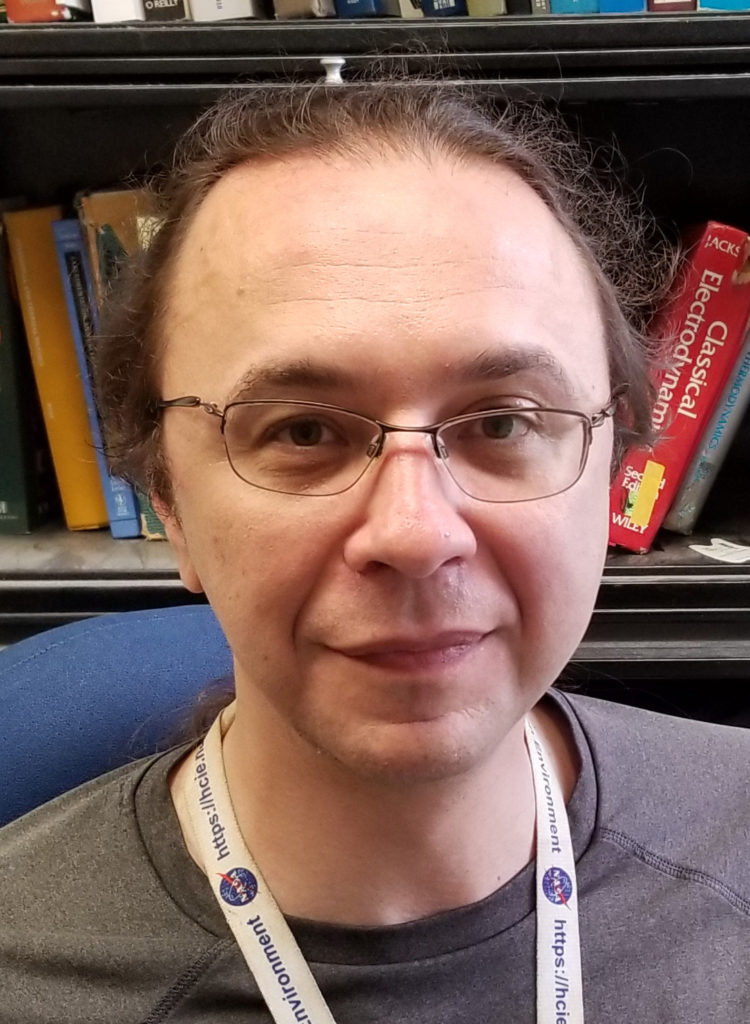
Steve Blattnig
|

R. JULIAN PRESTON
is currently a Special Government Employee (Expert) with the Radiation Protection Division of the U.S. Environmental Protection Agency (EPA). He was previously the Associate Director for Health for the National Health and Environmental Effects Research Laboratory of EPA. He also served as Director of the Environmental Carcinogenesis Division at EPA and as senior science adviser at the Chemical Industry Institute of Toxicology. He has been employed at the Biology Division of the Oak Ridge National Laboratory and has served as Associate Director for the Oak Ridge-University of Tennessee Graduate School for Biomedical Sciences. Dr. Preston's research and current activities have focused on the mechanisms of radiation and chemical carcinogenesis and the approaches for incorporating these types of data into cancer risk assessments by integrating epidemiology and radiation biology. Dr. Preston currently serves on NCRP committees and as a member of the National Academy of Sciences (NAS) Nuclear and Radiation Studies Board. He was recently a member of an Office of Science and Technology Policy Committee on Low Dose Radiation Research. He was also recently co-chair of an NAS Committee for a National Aeronautics and Space Administration sponsored project on revising dose limits for astronauts. Dr. Preston was chair of Committee 1 of the International Commission on Radiological Protection (ICRP), a member of the ICRP Main Commission, and the Representative and a member of the U.S. delegation to the United Nations Scientific Committee on the Effects of Atomic Radiation. He served as Chair for the National Research Council's Committee to Assess the Scientific Information for the Radiation Exposure Screening and Education Program and on the Task Group on the Biological Effects of Space Radiation. He is an associate editor of Environmental and Molecular Mutagenesis. Dr. Preston has had more than 250 peer-reviewed papers and chapters published. He received his BA and MA from Peterhouse, Cambridge University, England, ingenetics and his PhD from Reading University, England, in radiation genetics. |
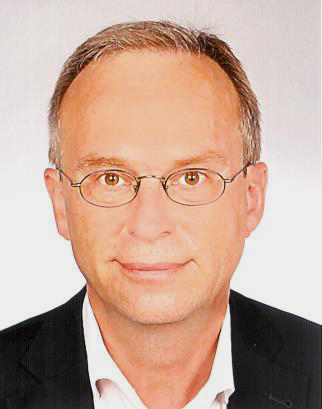
Werner Rühm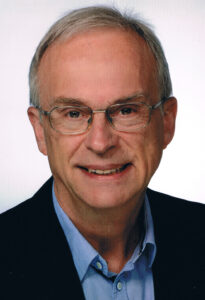
has been Acting Director of the Institute of Radiation Protection. He leads the Medical and Environmental Dosimetry Group at the Helmholtz Center Munich, Germany and is Professor at the Medical Faculty of the University of Munich. Dr. Rühm served as Chair of Committee 1 (C1) on Radiation Effects of the International Commission on Radiological Protection (ICRP) from 2016 to 2021. In 2021 he became Chair of ICRP. In addition, he is chairing ICRP Task Group (TG) 91 on “Radiation Risk Inference at Low-dose and Low-dose Rate Exposure for Radiological Protection Purposes,” and ICRP TG 115 on “Risk and Dose Assessment for Radiological Protection of Astronauts.” From 2014 to 2020 he chaired the European Radiation Dosimetry Group, and in 2020 he was elected Chair of the German Commission on Radiation Protection. Since 2005 he has served as one of the Editors-in-Chief of the Radiation and Environmental Biophysics Journal. Dr. Rühm has published on various topics including quantification of neutron exposure of atomic-bomb survivors, cosmic-ray exposure of aircrew, the role of neutrons in risk assessment of atomic-bomb survivors, risks from low dose-rate exposures, behavior of radionuclides in the environment, internal exposures from incorporated radionuclides, and radiation measurement techniques. |
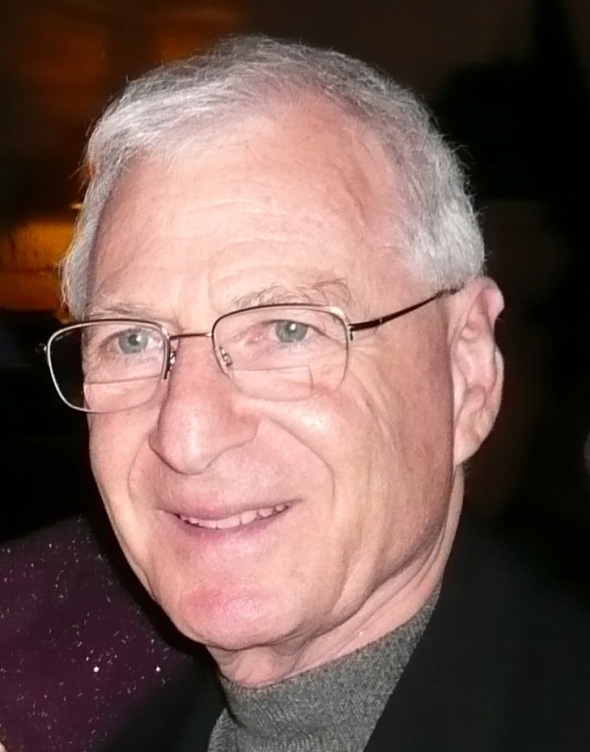
MARVIN ROSENSTEIN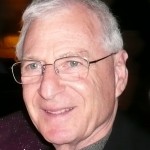 is a consultant, currently concentrating on the preparation of scientific reports produced by NCRP in all subject areas. From 1982 to 1995, he was Director, Office of Health Physics at the Center for Devices and Radiological Health, U.S. Food and Drug Administration. He also served in a number of scientific and management positions related to radiation protection during his 33 y career as a Commissioned Officer in the U.S. Public Health Service, from 1962 to 1995. He received a BS in Chemical Engineering (University of Maryland, 1961), an MS in Environmental Engineering (Rensselaer Polytechnic Institute, 1966) and a PhD in Nuclear Engineering (University of Maryland, 1971). His technical work has concentrated on radiation dosimetry, particularly with regard to x rays used for medical diagnosis, epidemiological studies of exposed populations, and public radiation emergencies. He is a Distinguished Emeritus Member of NCRP (after serving as a Council member for 18 y), and an Emeritus member of Committee 3 (Protection in Medicine) of the International Commission on Radiological Protection [after serving on Committee 3 for 28 y (1985 to 2013)]. He was also a member of the International Commission on Radiation Units and Measurements report committee that produced Report 74, Patient Dosimetry for X Rays Used in Medical Imaging. |




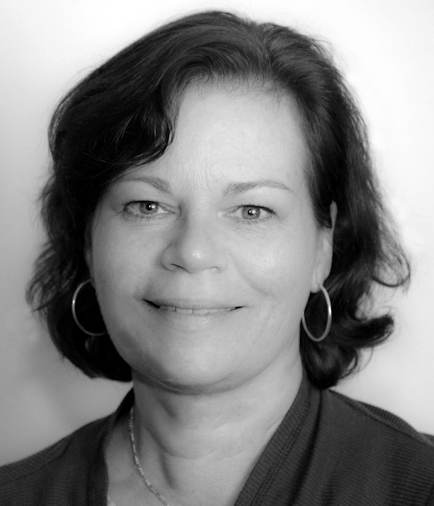 is a scientist at the National Aeronautics and Space Administration (NASA) Langley Research Center in Hampton, Virginia where she works on space radiation risk modeling, countermeasure approaches and technologies supporting human space exploration missions. She previously served as the Deputy Element Scientist for the NASA Space Radiation Element at the Johnson Space Center and was responsible for scientific management and strategic planning, ensuring that the Element’s research portfolio was organized to understand and mitigate radiation health risks for the astronaut corp. She was a visiting scientist at the Brookhaven National Laboratory and is an experienced user of the NASA Space Radiation Research Laboratory where her research work centered on evaluation of the effects of charged particle radiation on cancer processes using advanced human three-dimenstional cell culture models. She joined NASA in 2004 as the lead scientist for the Advanced Technology Development Laboratory in the Cell Science Program.
is a scientist at the National Aeronautics and Space Administration (NASA) Langley Research Center in Hampton, Virginia where she works on space radiation risk modeling, countermeasure approaches and technologies supporting human space exploration missions. She previously served as the Deputy Element Scientist for the NASA Space Radiation Element at the Johnson Space Center and was responsible for scientific management and strategic planning, ensuring that the Element’s research portfolio was organized to understand and mitigate radiation health risks for the astronaut corp. She was a visiting scientist at the Brookhaven National Laboratory and is an experienced user of the NASA Space Radiation Research Laboratory where her research work centered on evaluation of the effects of charged particle radiation on cancer processes using advanced human three-dimenstional cell culture models. She joined NASA in 2004 as the lead scientist for the Advanced Technology Development Laboratory in the Cell Science Program.
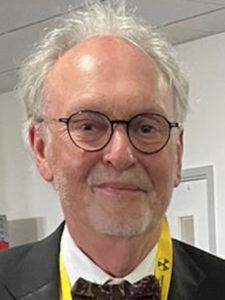 was Professor in Epidemiology in the Centre for Occupational and Environmental Health at The University of Manchester, United Kingdom, until his retirement at the end of 2019. He is now Honorary Professor at the Centre, where he specializes in radiation epidemiology.
was Professor in Epidemiology in the Centre for Occupational and Environmental Health at The University of Manchester, United Kingdom, until his retirement at the end of 2019. He is now Honorary Professor at the Centre, where he specializes in radiation epidemiology.
 News & Events
News & Events